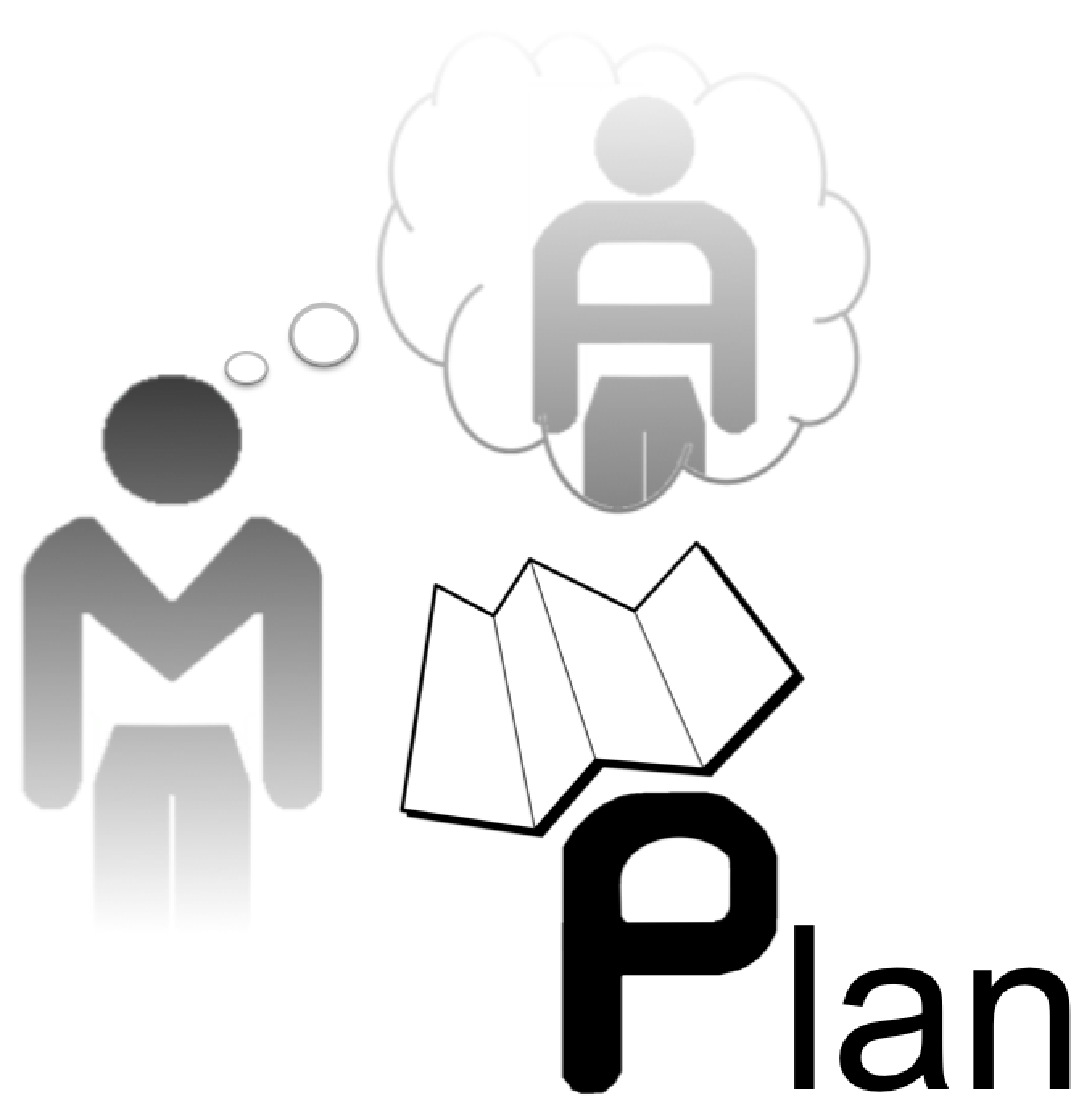MAP: Plan

The Plan must take a form that is suited to the task, and I may choose any planning tools that I like, or none at all. As already noted, even if the planning process is always valuable it is often impossible to put plans into practice. They may become out of date even before the planning spreadsheet is closed and emailed out.
Cooper and Castellino may have had this in mind when they articulated a minimum requirement for an effective plan. I call this a First Move plan and it consists of just:
- A list of tasks to tackle (not prioritised)
- A decision on which of them to do first.
The First Move approach is not a panacea, but it can be a great panic-killer, allowing me to make progress in complex situations that are nearly overwhelming.
As Cooper and Castellino write: “People are often surprised to find that having tackled the first thing, many of the other actions identified don’t even need to be done. Yes, things change and people find themselves achieving their outcome in ways they hadn’t known were possible. For example, think about the time you prepared for a difficult conversation. You may have had a clear outcome, worked out all the things you wanted to say and what to say first. After you said that first thing, a conversation ensued that you certainly didn’t predict. You responded to what the other person said, and the conversation took a very different direction – yet you still met your outcome.”
A First Move plan is not an easy way out either. It still requires careful thought and also the commitment to get on and tackle whichever task is identified as being the most important!
If something more elaborate than a First Move plan is called for, several of the tools in this book are designed for use with MAP, and they plug in to its Plan step.
More about MAP:
- MAP top
- GPS versus MAP
- Strategic versus tactical preparation
- Example: when GPS takes control
- The MAP tool explained
- My objectives
- Audience
- Plan
- Example: MAP extended case
- MAP as a front end to other tools
- Keeping it simple
- MAP in brief
Get the Client Encounters of the Technical Kind book!
